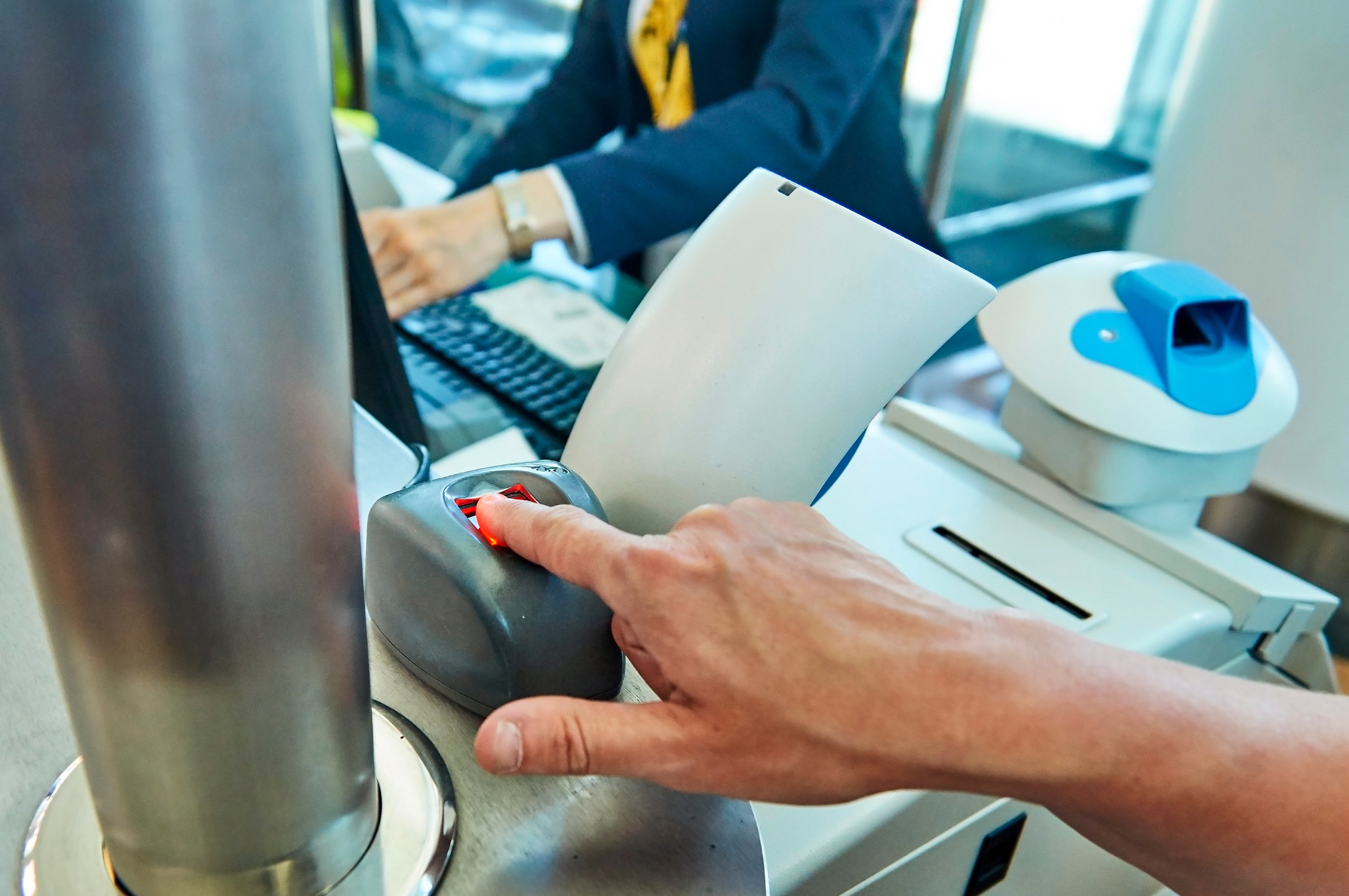The EU will be launching a new automated IT system on November 10, 2024, to track border crossings by visitors from certain countries, including the UK. The Entry/Exit System (EES) is meant to make entering and leaving EU countries more efficient by replacing the time-consuming manual checks with automated systems.
It’s separate from the new European Travel Information and Authorisation System (Etias), the visa waiver required to travel to Europe from mid-2025, which will cost €7 (£6). There’s no need to apply for anything or pay a fee to use the EES, but it will be used in conjunction with the Etias in future. Ahead of its launch, the UK government has pledged £10.5 million to help Eurostar, the Port of Dover and Eurotunnel set up the systems needed to implement it. Here’s everything you need to know.
What is the Entry/Exit System (EES)?

The EES is an automated IT system designed to track non-EU nationals — including those from the UK — when they enter and leave EU member states.
Since Brexit, UK passport holders are only permitted to stay in EU countries for a cumulative total of 90 days in a 180-day period without a visa. The EES will tally up this number each time a passport is used at a border crossing and detect those who have exceeded their allowance; a refusal of entry is also detected.
To make this possible, the system will distinguish between short-stay visa holders and visa-exempt visitors through their travel document, collating information such as name, type of travel document, biometric data (fingerprints and photographs) and the date and place of entry and exit. It will also work in conjunction with the Etias in future.
Advertisement
When will the EES start?
The launch date for the EES has been confirmed as Sunday, November 10.
Where is the EES required?
The EES will be in place for 25 of the 27 EU member states — Ireland and Cyprus will continue with manual checks — as well as Iceland, Liechtenstein, Norway and Switzerland, as they’re part of the border-free Schengen Area. Where EES is in place, you’ll just need to scan your passport at the automated gates on arrival, as you would when entering the UK.
However, the first time you use the EES, you will be required to supply your fingerprints and have your photo taken at the crossing. This will normally then be kept on file for three years, so you won’t need to do this extra step each time. If you refuse to supply this information, you’ll be denied entry.
Within the UK, EES gates will be installed at the Port of Dover, and Eurostar and Eurotunnel terminals where passports are checked prior to travel.
What does EES mean for my travel?

In theory, it should eventually speed things up at border crossings and make entry into and exit from EU countries much easier. For regular travellers, it should also mean more space in their passports as it won’t be stamped each time they make a border crossing. However, initially, there could be extra delays as passengers using the EES for the first time will need to supply fingerprints and have their photo taken.
Advertisement
Where might the worst delays be when EES launches?
The border checks at the Port of Dover, and Eurostar and Eurotunnel terminals, have the biggest potential for delays — an issue raised by the operators. On August 27, 2024, the UK government announced that it had allocated £10.5 million to help the Port of Dover, Eurostar and Eurotunnel to prepare for the EES. Each port will receive a £3.5 million funding boost, which will help them install the necessary technology for when the EES is introduced.
The chief executive of the Port of Dover previously warned that it could take up to ten minutes to process one car when the measures are implemented. This is because every passenger would need to leave their vehicle to be checked under the new process. It’s expected the new funding will be used to expedite work on the Granville Dock Project, where the existing marina at the Western Docks will be infilled and used as a site for EES processing to prevent a blockade of vehicles. It’s expected that travellers will need to go through EES processing first — that is, have their photo and fingerprints taken — before queuing up as usual.
Eurostar is trying to mitigate delays with a big expansion of its check-in space. At London St Pancras, there will be 49 kiosks, 18 manual checking booths (up from nine), and 11 new generation e-gates (up from eight) — the additional funding will help to pay for some of these kiosks. Meanwhile at Paris Gare du Nord, there will be 18 new kiosks and seven e-gates, and Brussels Midi will have ten new e-gates and additional manual check positions. It’s also adding extra staff to help speed up the process, including specially trained staff to help with the EES registration and more border control officials.
As for the Eurotunnel, the £3.5 million funding will also be used to install the kiosks there.
Once introduced, the EES shouldn’t be any more arduous than the passport checks that currently exist.
Advertisement
The new check-in process for Eurostar
Once the EES launches, you will need to register your passport, have your photo taken and fingerprints scanned, and answer four security questions. On subsequent visits, you just need to go to the kiosk for facial recognition and to answer those four questions.
Then you need to go to the Eurostar area around 45 to 90 minutes before departures to get your tickets checked and go through security as usual. For the Eurostar, the exit check and entry check counters are both at the departure station so once you get to the other side, no additional checks are needed.
There may be some longer waits while everyone is having their details registered on the EES for the first time, but after that there shouldn’t be additional delays.
• Etias: when does it start?
• When will airports lift the 100ml liquid rule?
Become a subscriber and, along with unlimited digital access to The Times and The Sunday Times, you can enjoy a collection of travel offers and competitions curated by our trusted travel partners, especially for Times+ members
Advertisement
Sign up to the Times Travel newsletter for weekly inspiration, advice and deals here





